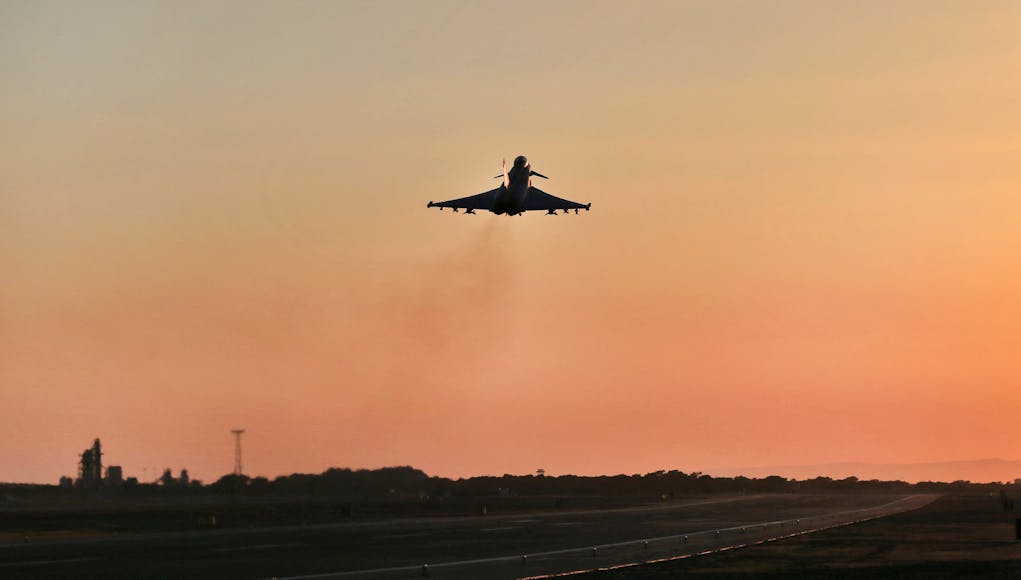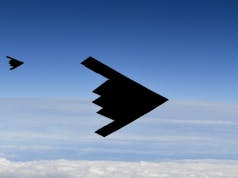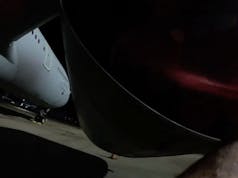An RAF Spokesman says Typhoon has proved itself at the heart of the international coalition fighting against Islamic State.
The aircraft has now flown in excess of 900 missions over Iraq and Syria since December 2015, providing daily support to international coalition forces in the fight against Islamic State on Operation SHADER.
Each mission consists of a pair of Typhoons and all told the operational activity equates to over 10,000 flying hours, during which the aircraft has delivered more than 850 Paveway IV weapons.
The RAF Spokesman said:
“In terms of its contribution to the fight against DAESH we have seen a demonstrable change in the size of the so-called caliphate in Iraq and Syria. We recently saw the Prime Minister of Iraq in Mosul city – the second largest city – which has just been liberated with support from coalition air power. Typhoon has been a key component of that support to the freedom of Mosul.
Importantly, we have 100% mission support rate throughout this time which is testament to the reliability and utility of the aircraft.
He said that the flexibility of Typhoon with Paveway IV, when combined with the weapon effects, has led to an increased demand from across the Operation SHADER Area of Operations with Coalition Joint Terminal Attack Controllers specifically asking for Typhoon support.
As a multi-role aircraft, Typhoon offers Air to Air operations with precision strike Air to Surface operations using Paveway IV laser-guided weapon and 27mm cannon. The Litening III Advanced Targeting Pod generates a fidelity of coordinates that permits immediate self-strike capability, significantly reducing the time to prosecute time-sensitive targets.
“Typhoon is very active in Syria, in particular in the ISIS heartland of Raqqa, where its use of the Paveway IV GPS precision-guided munition together with its advanced sensors have enabled Typhoon to be considered almost the platform of choice for operations against the targets around Raqqa.
There are a number of anecdotal stories from the pilots that back that up. When they have been held in a tanker track or a stack — where there are a different series of aircraft able to provide close air support to the troops on the ground — there’s anecdotal evidence that Coalition special forces on the ground, from the US and indigenous Iraqi forces have been specifically asking for Typhoon as a capability.
One of the fundamental reasons why is because of the weapons load Typhoon is able to carry. It can fly with four Paveway IVs without any detrimental impact on its Air to Air capability, when other aircraft in the Coalition forces usually carry just two. Therefore it’s able to strike, if required, four targets simultaneously. That really provides greater flexibility and opportunity for the controller on the ground.”
The RAF Spokesman added that Typhoon’s reliability was another important strength.
“The evidence speaks for itself. Not one mission missed for technical reasons — of course we have had weather cancellations or cancellations for geo-strategic — but never for technical unserviceability. Every time we plan for our missions we are always absolutely aware that we can’t afford to fail and we haven’t done so yet.
This would not be possible without the team of engineers and support personnel who maintain the aircraft. Over the last 20 months all five RAF frontline squadrons have worked in support of the missions and the RAF Spokesman said that Typhoon Force’s success in the international fight against DAESH is thanks to it fully using all its strengths — people and aircraft.
Our success in Operation SHADER is down to a mixture of everything. I could talk about the quality of the pilots, the quality of the engineers, because we are getting the aircraft airborne and the pilots are delivering on what’s being tasked of them. That sets a good reputational picture for Typhoon.
But I could also talk about the weapons it carries, the aircraft’s dynamic sensor suite and how all that blends into producing an efficient decision cycle around identifying a target and having approval within the rules of engagement to strike the target. All of that comes together because the Typhoon Force is not just the platform itself.
It’s worth noting that within 24 hours of the decision to deploy Typhoon, aircraft were striking targets in Syria.”
A recent 1(F) Squadron post-Operational report states that Typhoon has employed Paveway IV effectively in all of its modes, including GPS, Laser, Desired impact angle or azimuth.













Typhoon and an adequate number of F35Bs being available for active service (96+ active jets needs to be the uk target) should ensure the RAF and Fleet air arm remain a potent force for the foreseeable future.
The U.K. insistence on team work and combined effort in the military succeeds like little else. No weapon system can be effective if not properly supported by all concerned. Well done.
… and well said ☺️
This report does rather demolish once again the nonsense written in the 1990s/and early 2000s about Typhoon being a “Cold War dinosaur”. Actually, I’m convinced a certain type of Daily Telegraph reader simply took against it because the consortium which built the aircraft was called
EURO-fighter! (Just a joke, fellow readers, I buy the paper myself!)
Instead, what was essentially a British led-enterprise, has delivered a world-class product, and exactly the flexible fighter-bomber needed by the RAF in the post-Cold War world.
Arguably, the air-force hasn’t had a top-drawer performer like this since 1945; the Hunter was already on the cusp of obsolescence in the day-fighter role by the time of its lengthy introduction, and the Lightning was really only used by the RAF as an interceptor.
Unlike the Lightning, though, the Typhoon does seem to be receiving some funding to achieve its full development potential.
What a pity the RAF only got about 155 of them, and not the planned buy of 232!
But I look forward to the formation of the sixth and seventh front-line squadrons soon, albeit squeezed into Lossiemouth and Coningsby!
Well said! Kudos to BAe and the RAF.